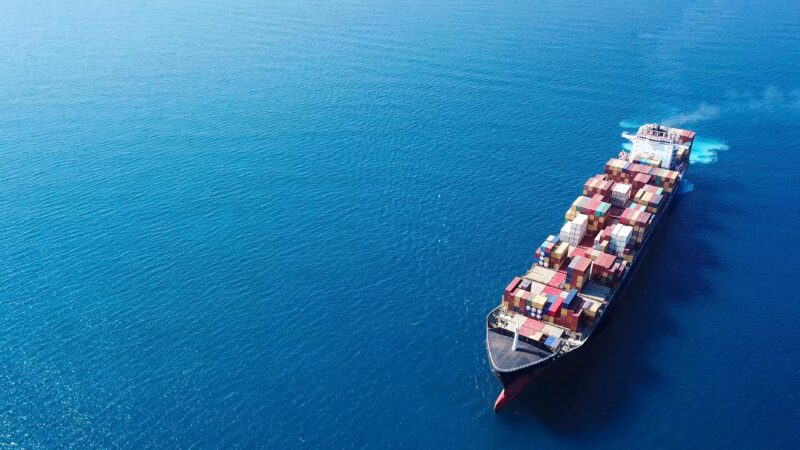Decarbonisation in the maritime industry is a complex challenge that requires multiple strategies, and Hempaguard Ultima plays a crucial role in this effort. With Hempaguard Ultima, a vessel’s hull is able to achieve a more stable surface smoothness, even into the fourth or fifth year of the docking cycle. This reduces the risk of fouling after long service periods, even when the coating’s hydrogel and biocide can start losing some effectiveness. By reducing hull drag, the coating directly lowers fuel consumption, which is one of the largest sources of carbon emissions in shipping. Over time, the cumulative effect of reduced fuel use across a fleet can lead to significant reductions in greenhouse gas emissions. Moreover, improved performance can help ship operators meet increasingly stringent regulations on emissions, such as those set by the International Maritime Organization (IMO), thereby supporting global climate goals.
Shipowners and operators ccan expect substantial cost savings from Hempaguard Ultima, due to its ability to improve fuel efficiency. With reduced drag, vessels require less power to maintain cruising speed, leading to lower fuel consumption. As I previously mentioned, Hempaguard Ultima enables 21% in fuel savings, but also a minimal speed loss of 0.9% and 6% out-of-dock speed increase.
Over the lifespan of the coating, these savings can be significant, especially for vessels on long-haul routes. Additionally, the prolonged smoothness of the hull means less frequent maintenance and fewer drydockings, further reducing operational costs and minimising downtime. This combination of efficiency, durability and environmental compliance makes Hempaguard Ultima a valuable investment for shipowners looking to enhance performance while also supporting their sustainability commitments.












